It also keeps me writing. I am unquestionably a reluctant writer. I am a horrible speller and what I call an elliptical writer. By that I mean, I sometimes times find that my hand--or fingers now-- can't keep up with my mind. As a result, I will read what I have written to find to out that I have left our a few words or sentence and jumped a head to the current thought. I have known that I do this since middle school. It can make reading my ideas a guessing game. Thank heavens, for computers and easier editing. In college, before the invention of the personal computer mind you, I wrote on paper skipping every other line, because I knew I would be editing and rewriting before I moved to the typewriter.
Yes, sometimes I still do it. Writing and editing for this blog has boosted my confidence, my fluency, and my willingness to share my writing with others. I am happy that a few people read it. I willing put my ideas out there knowing that there might be errors and/or that some of it might need to be fixed. I am okay with all of that. My mantra to pre service English teachers about writing instruction is: "There is not such thing as writing only rewriting."
The real joy, however, has come from working with the guest contributors (The count is well over 100 now, are you interested?). I always learn something. I realize I can't read everything nor can I be an expert in every genre. I now know some one that I can go to for poetry, horror, romance, sci fi, or other categories I don't have the time to master. Some of these contributors have become dear friends and others have become writing partners. Four edited books have come about directly as a result of a blog post. Two were a result of a post by the wonderful Michelle Falter. She wrote about grief in a post connected with the Netflix premier of 13 Reasons Why (Focusing on the Wrong Things – A Defense of Jay Asher’s/Netflix’s 13 Reasons Why. We quickly moved forward with a book that became two.
The net growth for me has been rewarding. Over the last five and a half years there have been over 100 posts by me, over 175 post from guest contributors that I have edited, 8 peer reviewed articles, 6 book chapters, and 6 edited books, and three more in the pipeline. It has been productive and has helped me focus on my teaching and research of YA Literature. I have produced more writing in this time than I ever imagined that I would produce in a life time. In fact, when I left my high school job to began a job at LSU, I told my colleague if I am back in three years, it will have nothing to do with the weather, the food, the community or my colleagues. It will simply mean that I can write sufficiently to meet the academic requirements. You see how easily the fear of writing can raise it ugly head even in a seasoned English teacher who loves literature. Imagine how our students might feel. Thankfully, I made it through, but not without the help of my wife--a much better writer and an academic, co-authors, and colleagues who were encouraging and supportive.
The posts selected below are some of my favorites and some of them have lead to other projects. I have tried to limit the introduction to each in the hope that you will follow the link. In each case I do provide a cover image or a video that relates to the post's content.
Enjoy and share widely, if you have a favorite post I would love to hear about it. Thanks for reading.
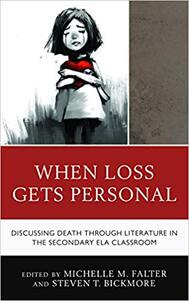
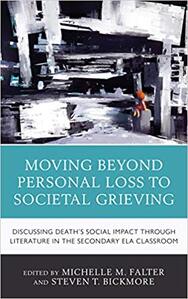
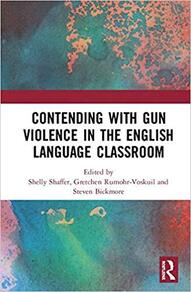
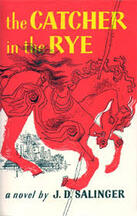
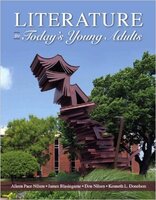
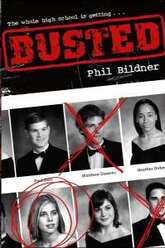

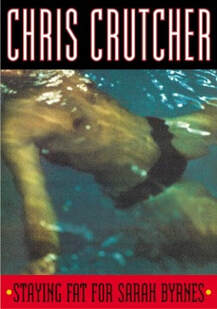
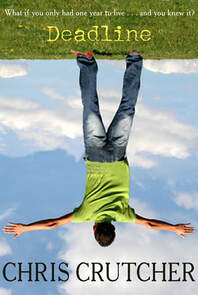
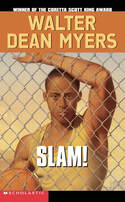
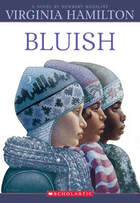
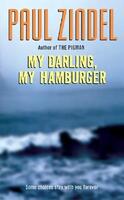
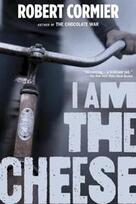
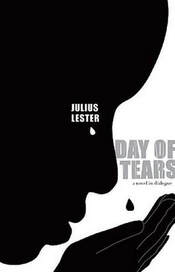
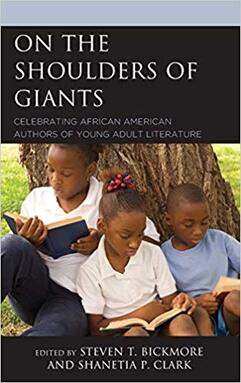
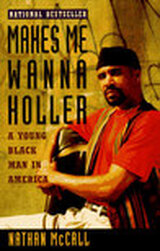
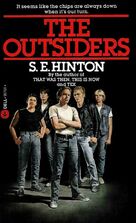
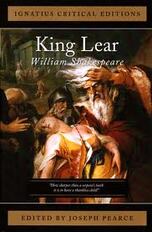
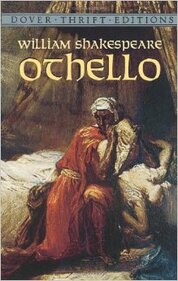
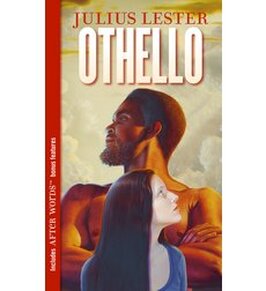



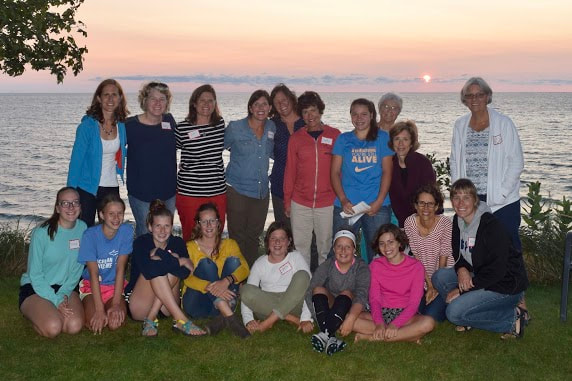
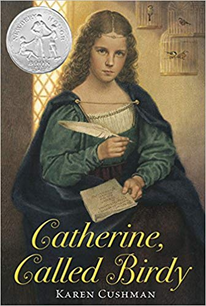
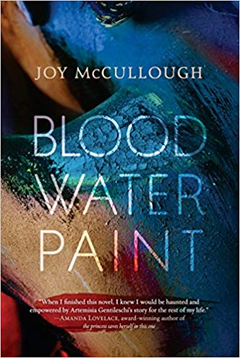
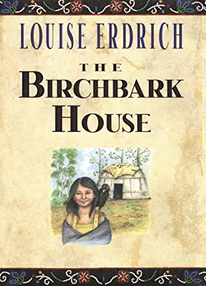
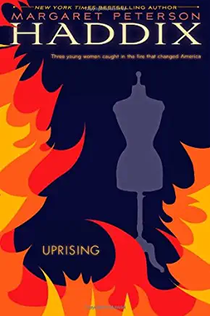
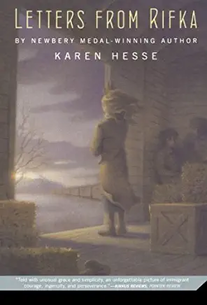
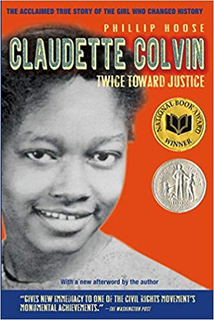
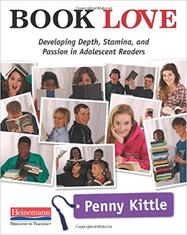
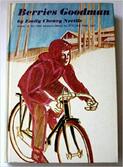
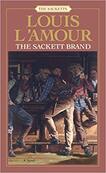
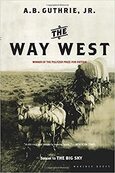
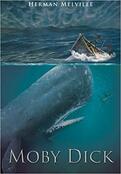
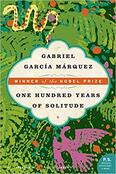
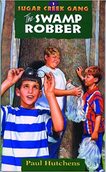
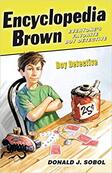
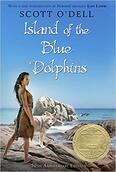
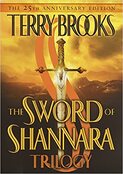
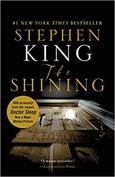
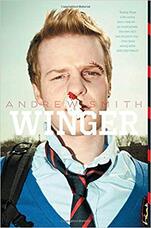
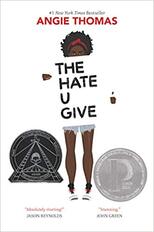
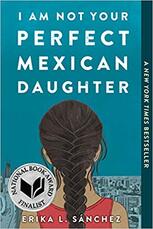

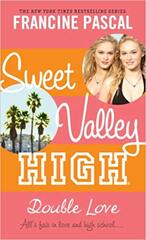
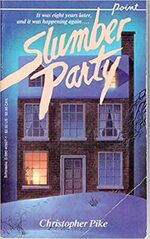
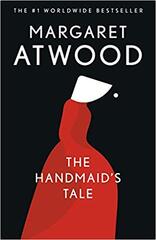
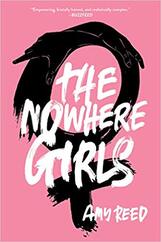
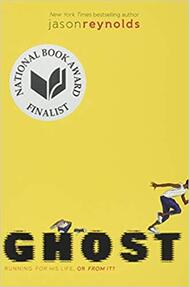
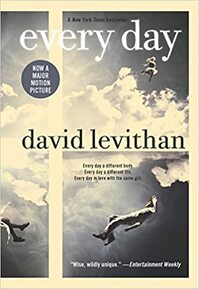
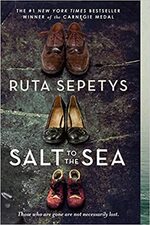
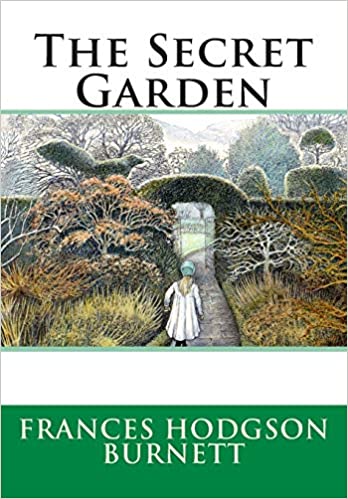
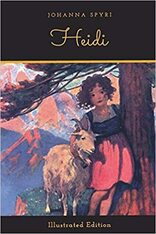
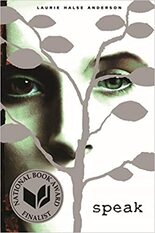
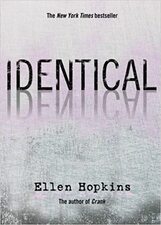
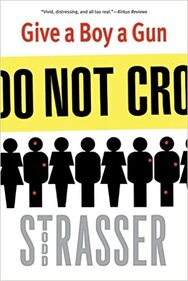
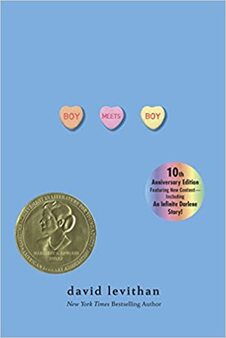
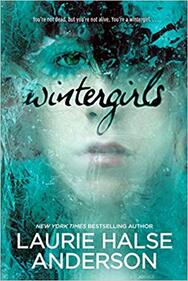
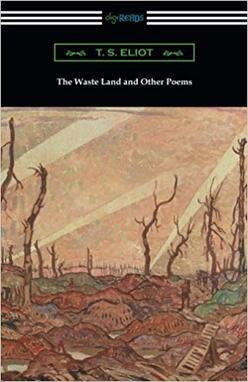
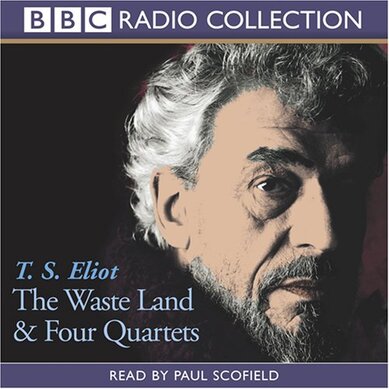
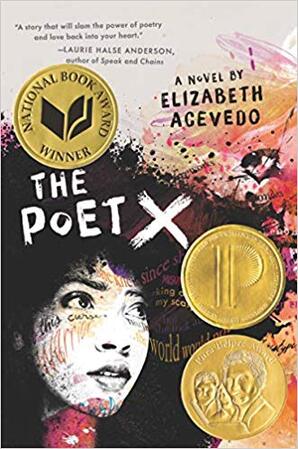

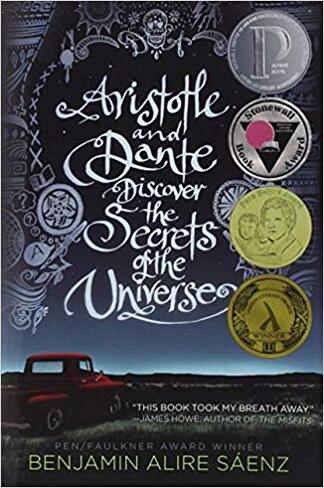
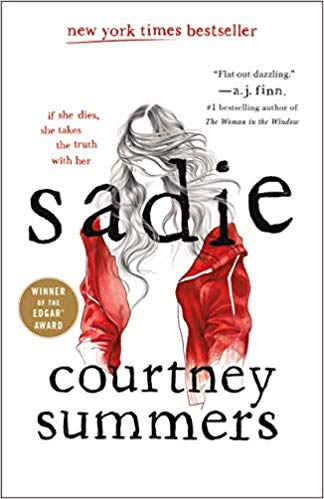
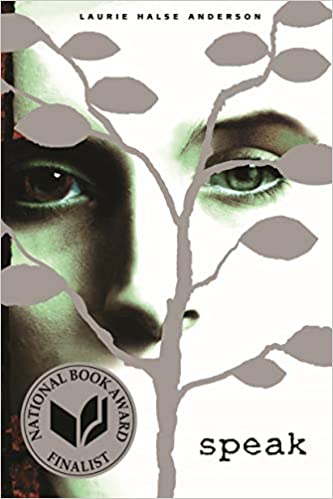
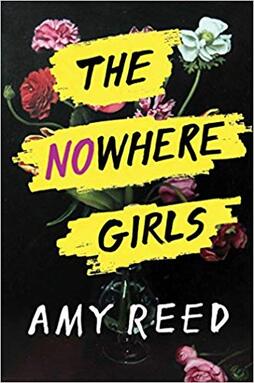
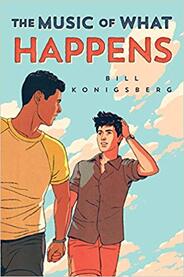
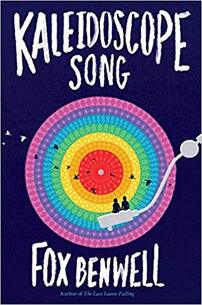

 RSS Feed
RSS Feed